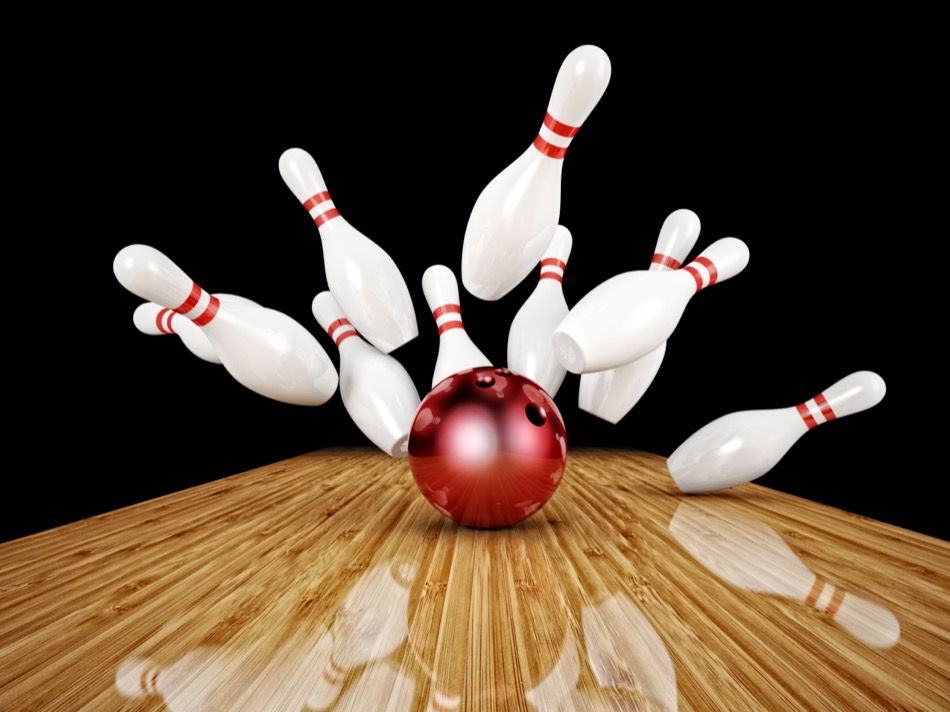Whether you’re a league bowler aiming to compete weekly or a casual player enjoying occasional games with friends, having the right bowling equipment can make a significant difference in your performance and overall experience. A well-prepared bowler doesn’t just rely on skill—the right tools, properly maintained, help ensure consistency, safety, and enjoyment on the lanes. This article offers a detailed checklist of the essential bowling gear for both league and casual play.
When selecting your gear, it’s important to focus on quality and durability. Choosing products from a trusted bowling equipment manufacturer can ensure that you’re investing in items designed for performance and longevity. These manufacturers provide gear that caters to bowlers of all levels, helping you build a reliable setup regardless of your playing frequency.
Bowling Ball: Your Core Equipment
At the top of any bowling equipment checklist is your bowling ball. League bowlers typically own multiple balls suited for different lane conditions—such as a reactive resin ball for hooking and a plastic spare ball for straight shots. Casual players can often get by with a single versatile ball, but even that should be properly fitted to their hand.
Key considerations include:
-
Ball weight (usually 10–16 pounds depending on your comfort)
-
Coverstock material (plastic, urethane, or resin)
-
Core design for control and reaction
-
Custom drilling to fit your fingers and grip style
Bowling Shoes: Consistency and Safety
Owning your own pair of bowling shoes is essential if you play regularly. Rental shoes wear down over time and may not provide the consistency needed for repeated performance. League players often invest in performance shoes with sliding and traction soles specific to their dominant hand. Casual bowlers may prefer universal-soled shoes that offer decent balance and slide.
Look for shoes that are:
-
Comfortable and properly fitted
-
Supportive with quality construction
-
Designed with interchangeable soles and heels (for competitive players)
Bowling Bag: Organize and Protect Your Gear
A sturdy bowling bag helps you carry and store your equipment safely. For casual players, a single-ball bag with compartments for shoes and accessories is usually sufficient. League players often need larger bags, especially if they bring multiple balls to matches.
Choose a bag that includes:
-
Padded compartments to protect your ball and shoes
-
Durable materials and zippers
-
Wheels and handles for easy transport (for multi-ball bags)
Grip Accessories: Enhance Control
Maintaining a solid grip on the ball is vital for consistent throws. Many bowlers use grip aids, especially during long games or humid conditions.
Consider the following:
-
Grip tape for inside finger holes
-
Finger inserts for comfort and better release
-
Rosin bags or grip sacks to reduce hand moisture
-
Wrist supports to stabilize the hand and improve form
These small items can prevent inconsistencies and improve your control during each delivery.
Towels and Cleaners: Maintain Ball Performance
Keeping your bowling ball clean extends its lifespan and ensures it performs properly. Lane oil and debris accumulate quickly and can affect how the ball reacts on the lane.
Every bowler should carry:
-
Microfiber towels to wipe the ball between shots
-
Ball cleaner spray to remove oil and dirt after games
-
Shoe brush or sole cleaner to maintain the sliding sole of your shoes
League bowlers should also consider periodic resurfacing and deep cleaning for their primary ball.
Shoe Covers: Preserve the Soles
Approach conditions demand clean, dry shoe soles for safe and effective movement. Shoe covers protect your bowling shoes when you step off the lanes, preventing moisture and dirt buildup.
These are especially useful when:
-
Walking outside the bowling area
-
Visiting the restroom or snack bar
-
Bowling in wet or dusty environments
Optional Add-Ons for League Players
While casual players may not need everything on this list, league bowlers benefit from a few extra tools:
-
Rosin bags or drying towels for hand moisture control
-
Extra thumb or finger tape for in-game adjustments
-
Spare parts or interchangeable soles/heels for changing lane conditions
-
Scorecard or stat tracker for analyzing performance over time
Conclusion
Whether you’re bowling competitively in a league or just enjoying a casual night out with friends, having the right equipment makes a noticeable difference. Investing in quality gear, maintaining it properly, and being prepared for various lane conditions will enhance your consistency, comfort, and confidence. By using this checklist as a foundation, you can ensure you’re always ready to roll your best game—whether it’s for fun or for a trophy.
